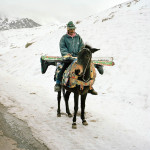1. New National Museum of… (fill in the blank) invites contemplation on the role and pervasiveness of US museums
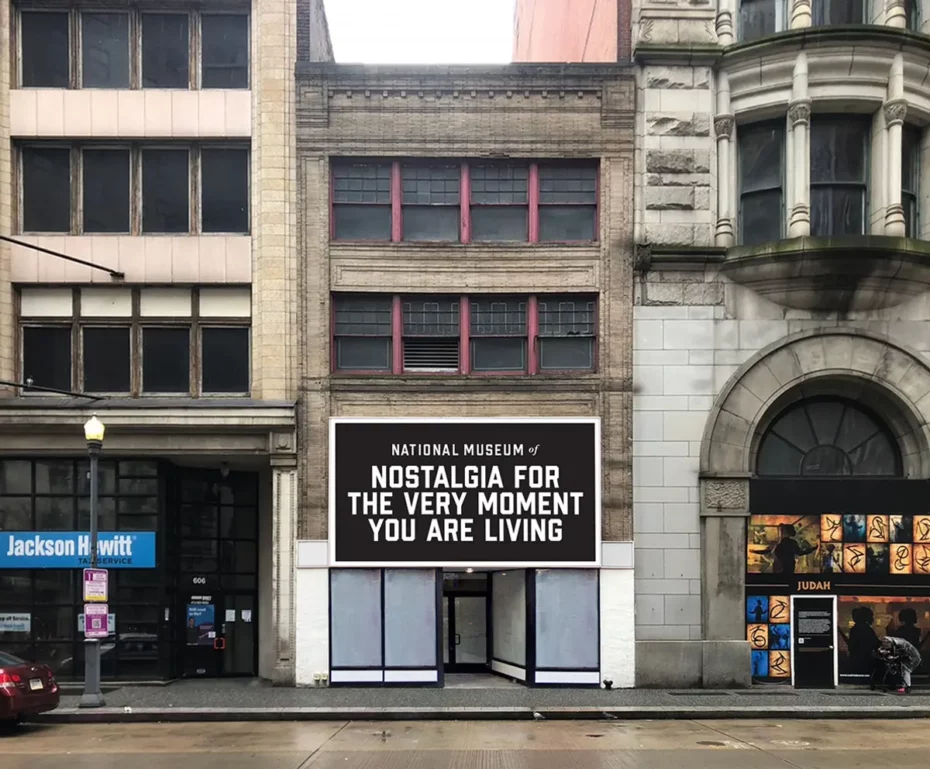
The Pittsburgh-based artist Jon Rubin’s latest public project, The National Museum, considers the pervasiveness of museums across the country, the narratives they present and those they exclude. The project occupies an abandoned storefront at 604 Wood Street in downtown Pittsburgh, which has sat vacant for eight years, its windows papered over. This obscurity invites passersby to engage in speculative contemplation. Each month, a participating artist is invited to rename the space using the prompt “National Museum of (fill in the blank)”.
The public art project in Pittsburgh is preparing to launch its second phase, titled the “National Museum of Broken Treaties”
Found on The Art Newspaper.
2. The New Yorker interviews secretive Parisian street artist, Invader

The mayor of Paris, Anne Hidalgo, has an Invader piece in her office, but much of his work qualifies under French law as vandalism, which can be punishable by prison time and fines of up to thirty thousand euros. This is the putative reason that Invader works pseudonymously, posing for the infrequent photograph in a Salvador Dalí mask or ski goggles. There is also a spiritual dimension to this decision. “He really is that Invader man—he believes that shit,” the artist Shepard Fairey told me. “He lives it one hundred per cent.” Once Invader has installed a piece, he comes back the next day and takes a picture, like a pyromaniac returning to a blaze.
Read the article on The New Yorker.
3. An Artist’s Utopian Vision from the Early 1900s
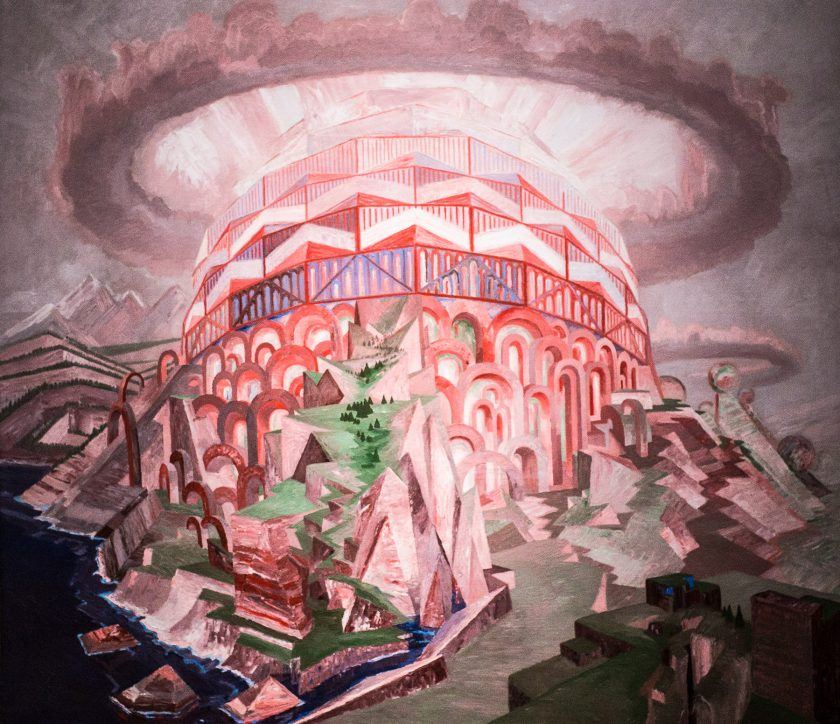
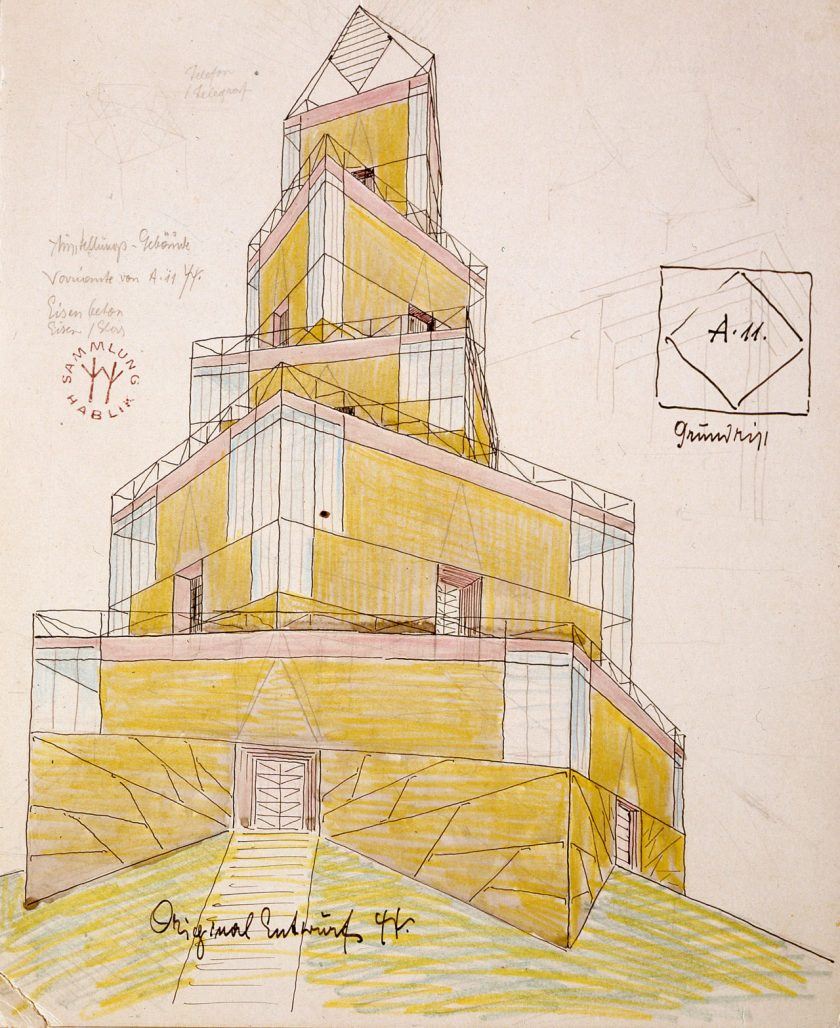

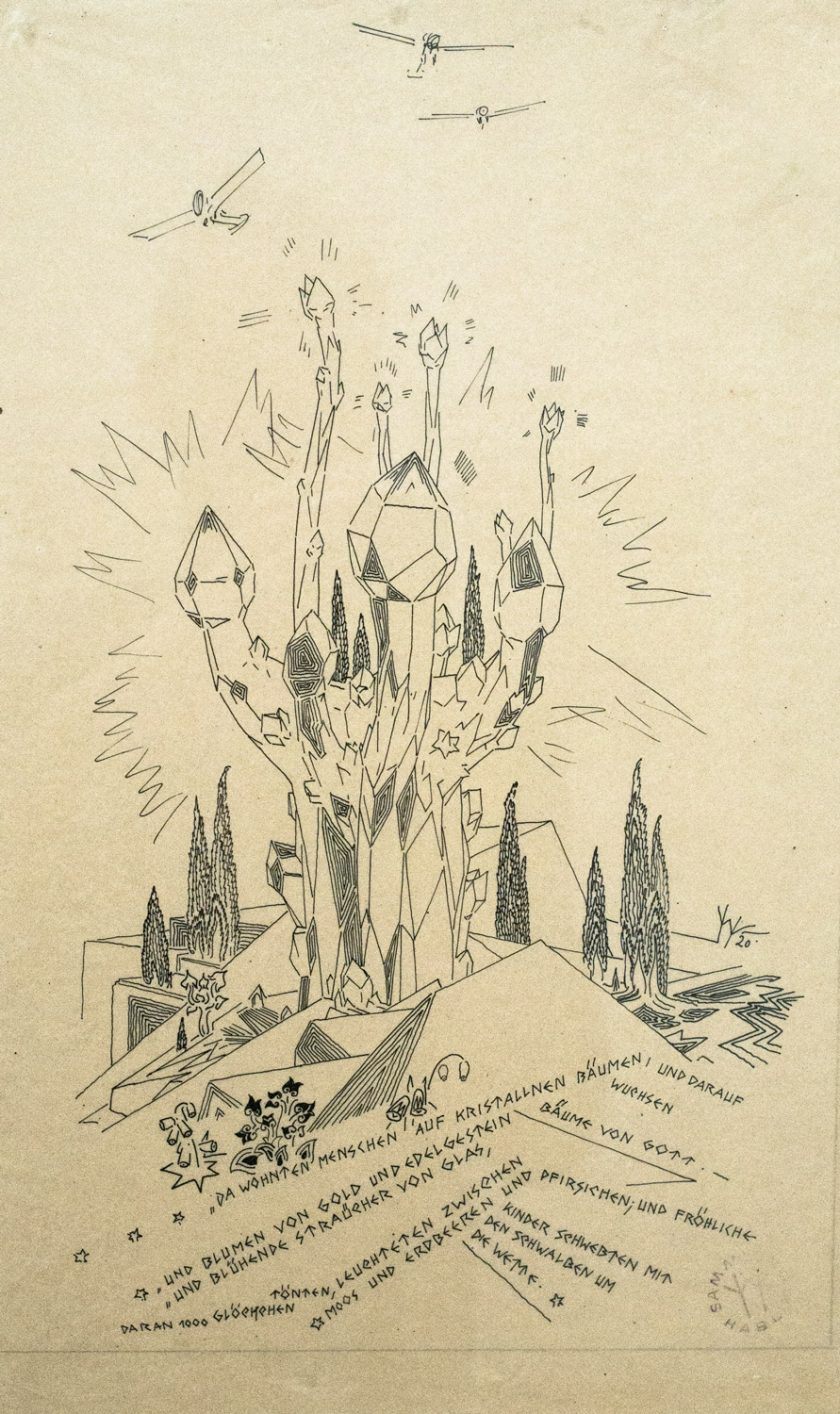
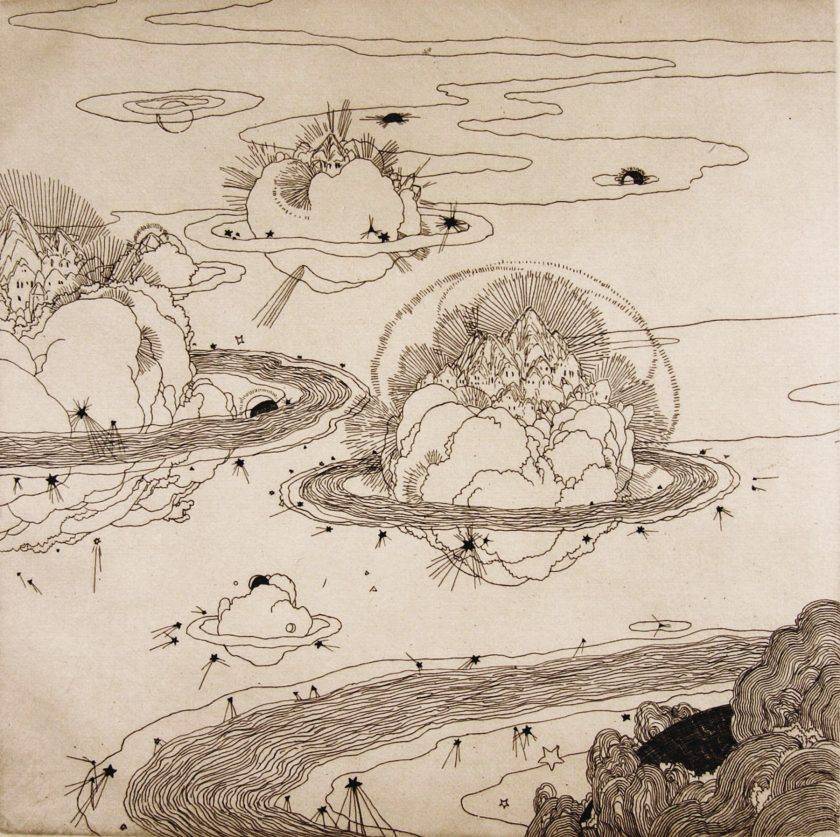
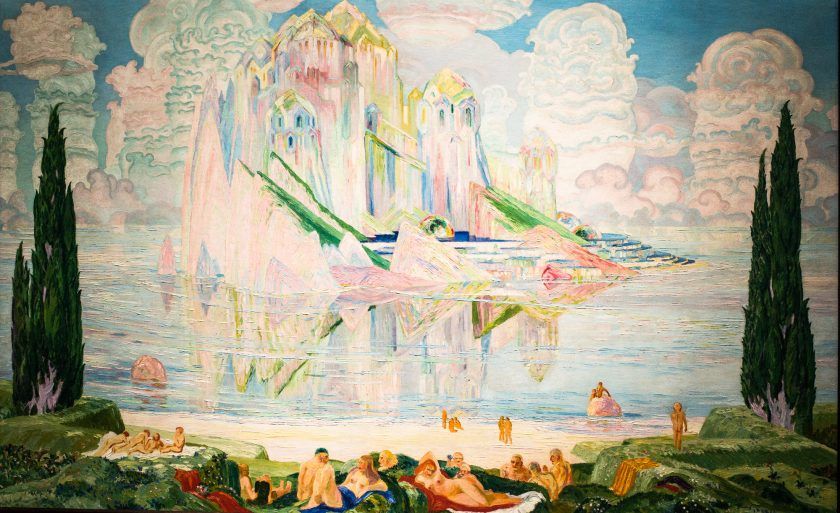
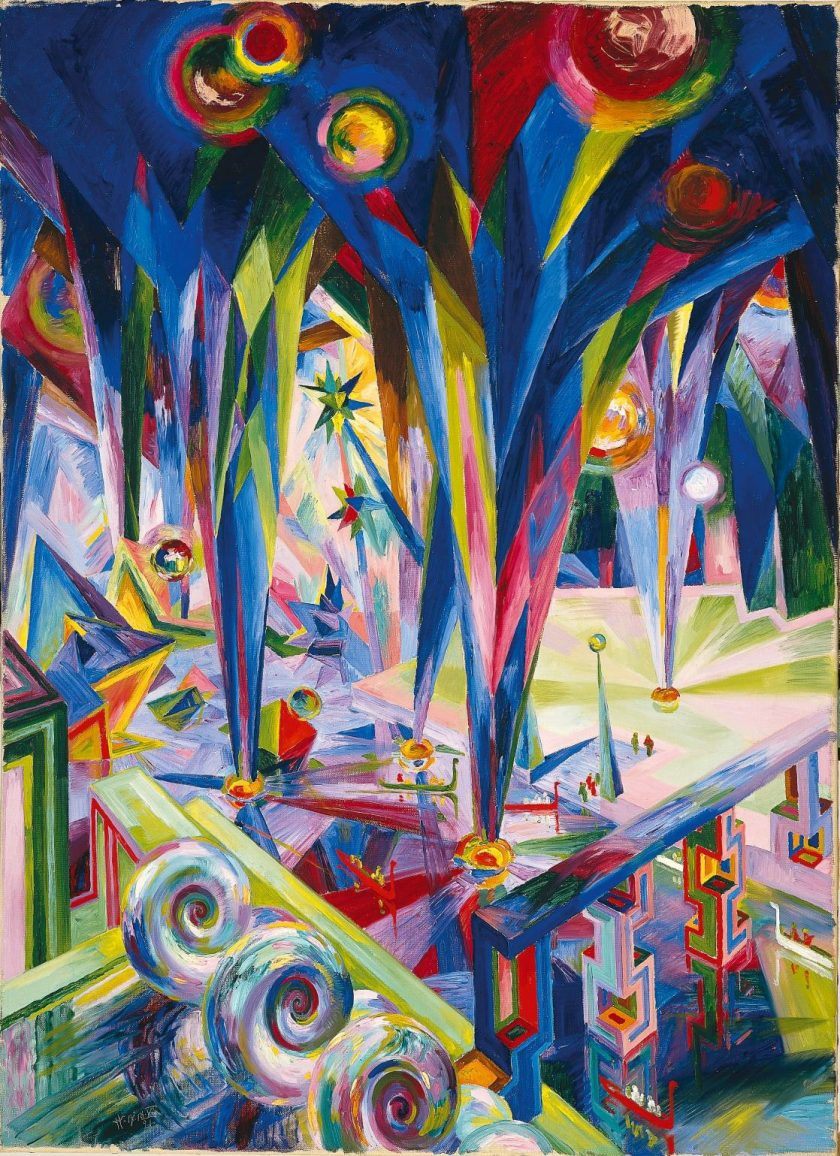

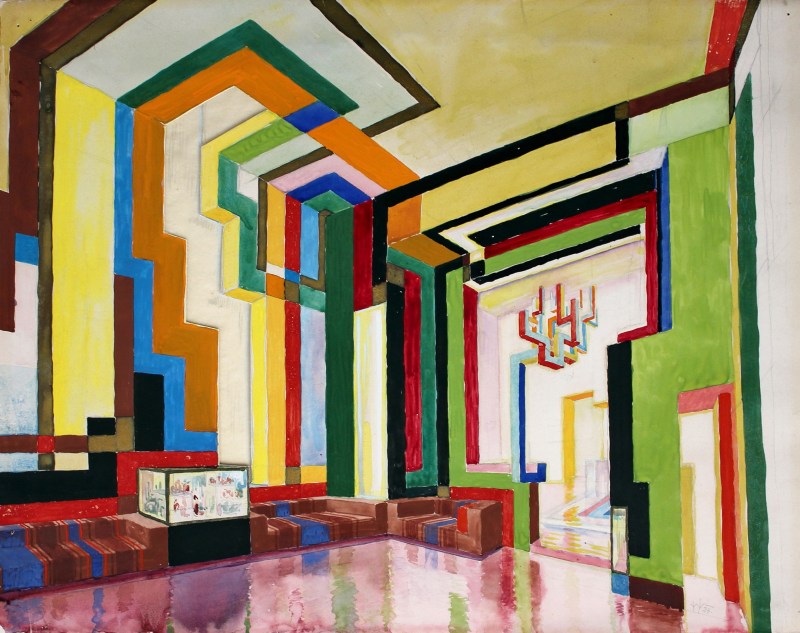
Wenzel Hablik (1881) was a painter, graphic artist, architect, designer, and craftsman from Bohemia of the early twentieth century, associated with German Expressionism. At the age of six, he found a specimen of crystal, and saw in it “magical castles and mountains” that would later appear in his art. Hablik died at Itzehoe in 1934. The Wenzel Hablik Museum was established in the city of Itzehoe in 1995. The museum contains much of his art, as well as his collections of crystals and minerals, seashells and snails.
Looks festive. More of his work, found on Tumblr.
4. That time Air India and Dali traded an elephant for an ash tray
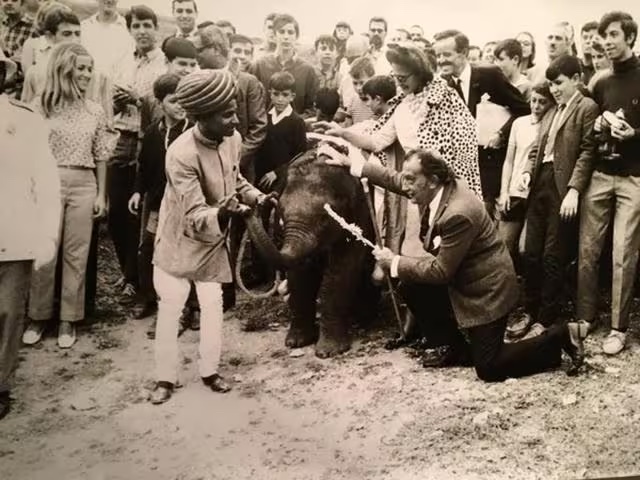
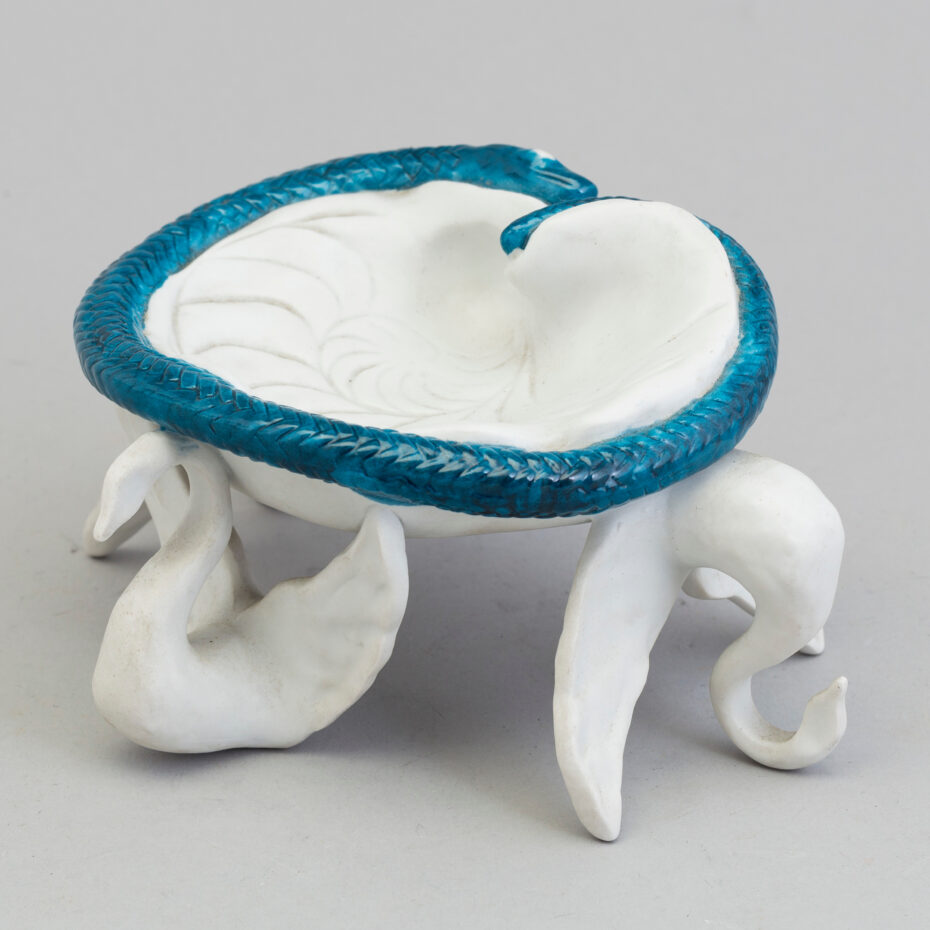
In 1965, Air India airlines commissioned Salvador Dali to design an ashtray for the airlines. Dali requested an elephant as fees so the airline flew a two year old elephant from Bangalore to Geneva. After Dali lost interest, the elephant was taken to the Barcelona Zoo in 1971.
Found on Condé Nast Traveller.
5. This Winter Wonderland in Gulmarg, India

India is considered to be a warm, tropical country but the northern parts are a “heartland of winter sports in India”. Gulmarg is a town, a hill station, a popular skiing destination, rated as Asia’s seventh best ski destination.

Winter sports like skiing, tobogganing, snowboarding and heli-skiing take place on the slopes of Mount Apharwat reachable by a Gondola lift. Gulmarg has been the shooting location many Bollywood films.


Found on Wikipedia.
6. A glimpse into the countercultural underbelly of St Moritz, the winter playground of the rich and famous
7. Photo-multigraphs
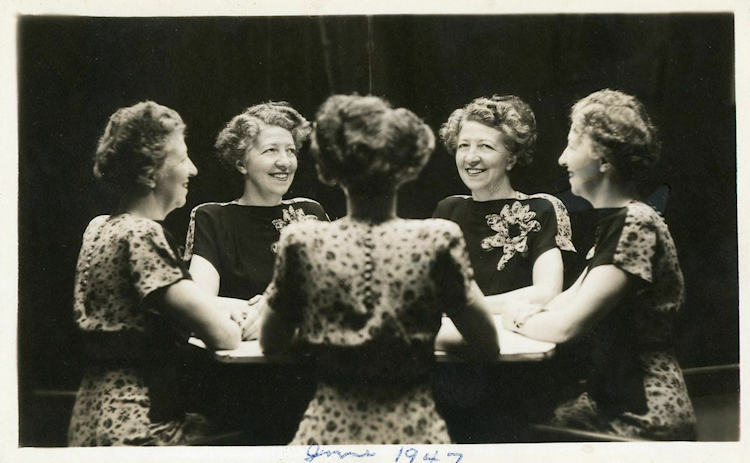
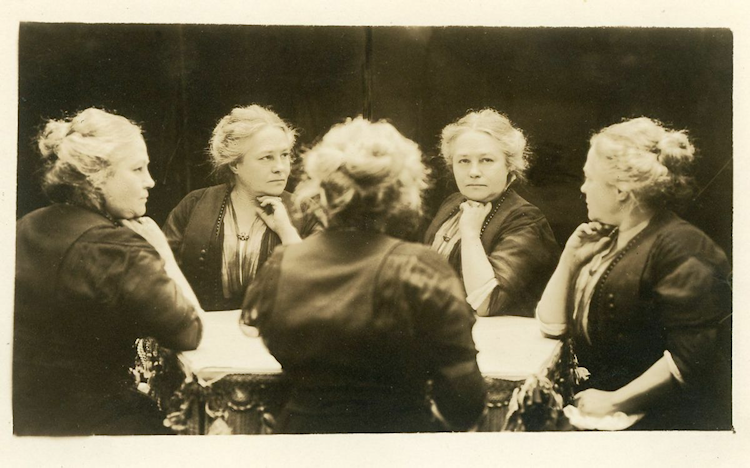
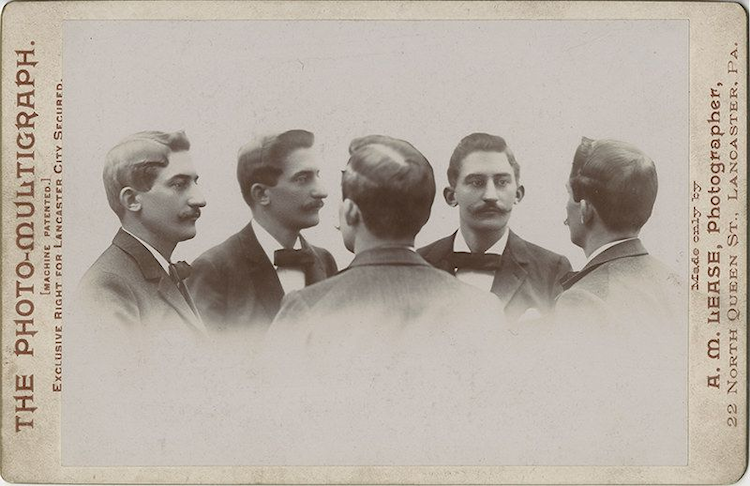
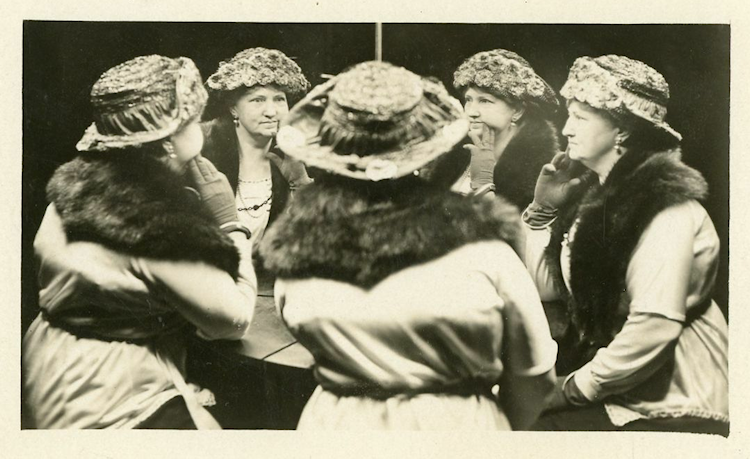
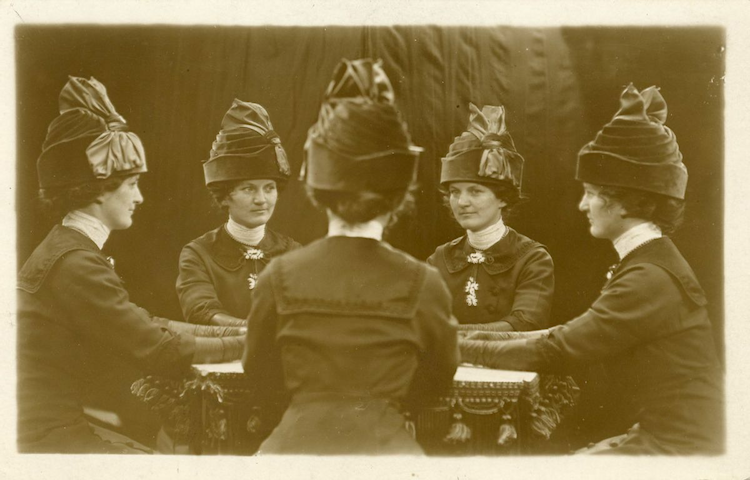
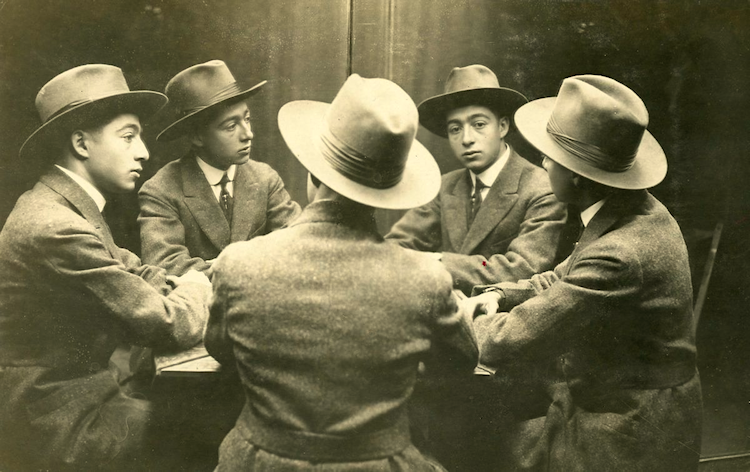
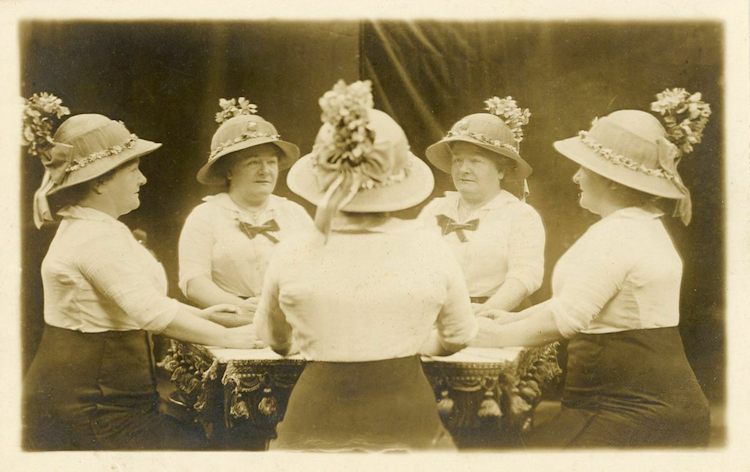
The method of using mirrors to produce a photograph with five simultaneous images of the sitter was first published in Scientific American in the 1890s. It was soon shared in the Encylopaedic Dictionary of Photography and in Photographic Amusements. The subject was photographed facing into two mirrors which were placed at seventy-five degrees to each other. The resulting reflections and reflections of reflections produced a set of five equally spaced images. The “photo-multigraph” was promoted as a unique way to “see ourselves as others see us.” In the coming decades the photo-multigraph was a common novelty attraction at seaside and other tourist destination photo studios throughout the United States and Europe, but the method and production of these souvenir images had all but disappeared by the 1950s.
Find more examples on Gods and Foolish Grandeur.
8. Geek out with the in-flight audio player (remember the cassette-based music player in the armrest?)
9. How to Behave at a Sex Shop, According to an Employee

How much information is too much information for me to share?
The right amount of information generally is like, are you looking for an internal or external toy, are you looking for something that vibrates or doesn’t vibrate? If you can keep it about the toys and not about the person, it helps people stay comfortable. So if you’re asking for help and you’re scared of giving too much information, you don’t have to be like, “I feel this way when I masturbate” if you’re not comfortable doing that. You can just keep it about the toys.
Read the full interview on GQ.
10. A Digital Swedish Mitten Museum

Explore it here.
11. London children at a Christmas party in an underground shelter during World War II, on December 25, 1940
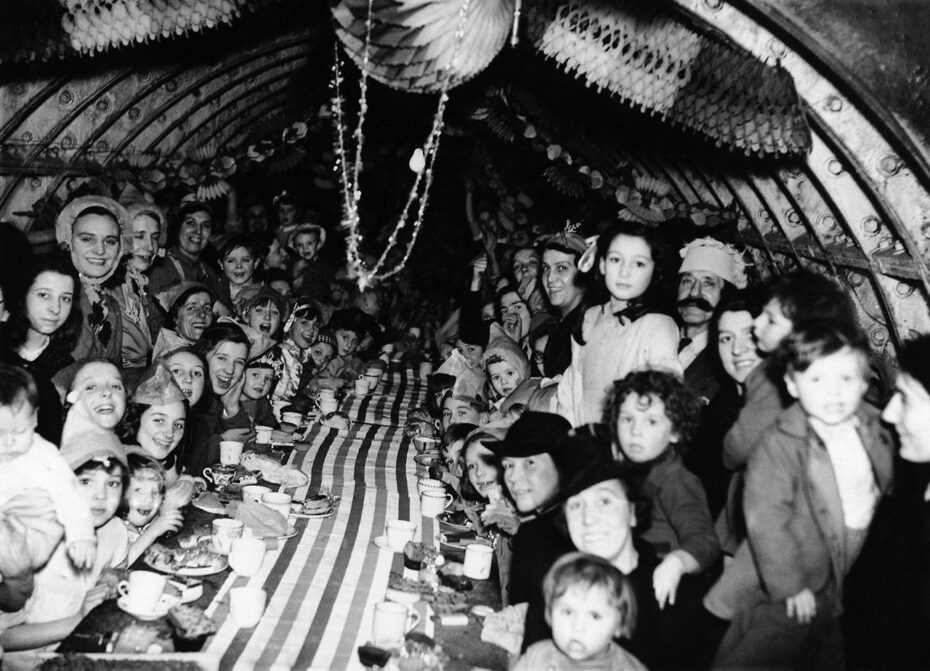
Found on The Atlantic’s Pictures of Christmas Past.
12. The Night Before Christmas (1933)




